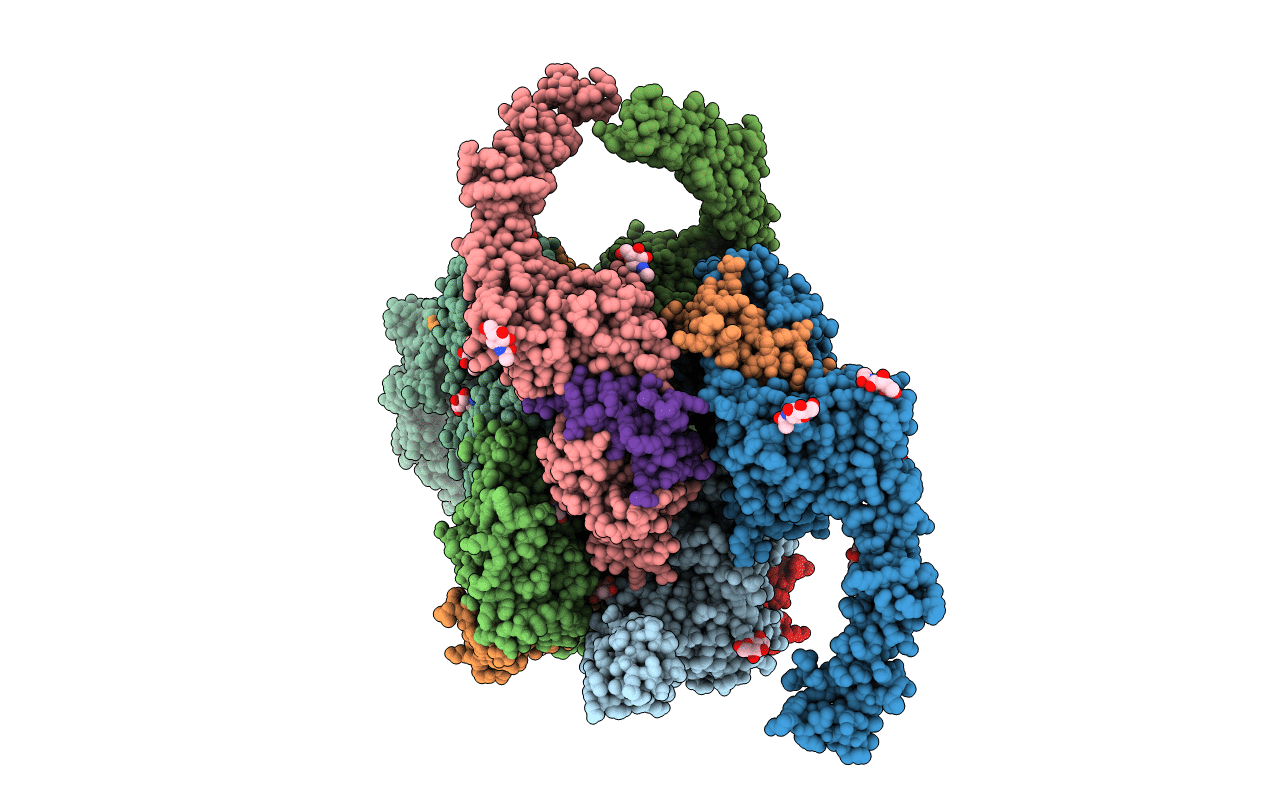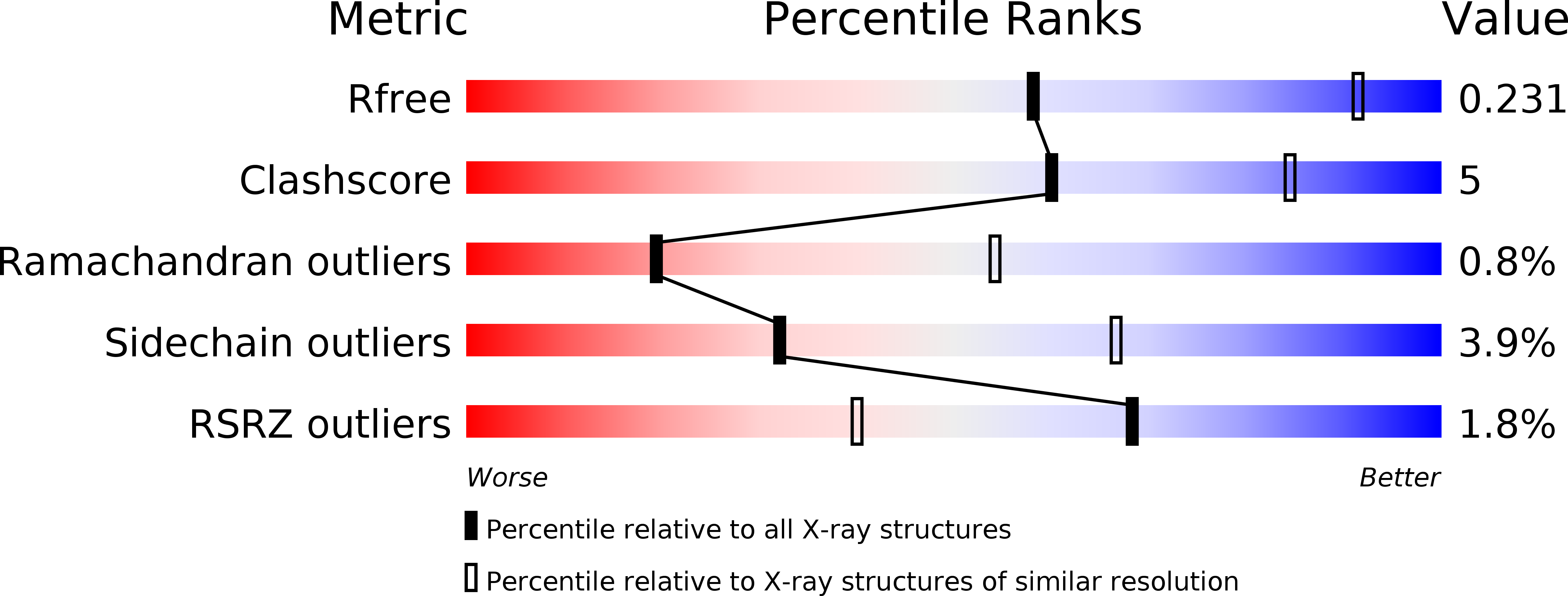
Deposition Date
2011-10-14
Release Date
2012-08-29
Last Version Date
2024-11-27
Entry Detail
PDB ID:
3U7U
Keywords:
Title:
Crystal structure of extracellular region of human epidermal growth factor receptor 4 in complex with neuregulin-1 beta
Biological Source:
Source Organism:
Homo sapiens (Taxon ID: 9606)
Host Organism:
Method Details:
Experimental Method:
Resolution:
3.03 Å
R-Value Free:
0.22
R-Value Work:
0.18
R-Value Observed:
0.19
Space Group:
P 1 21 1


